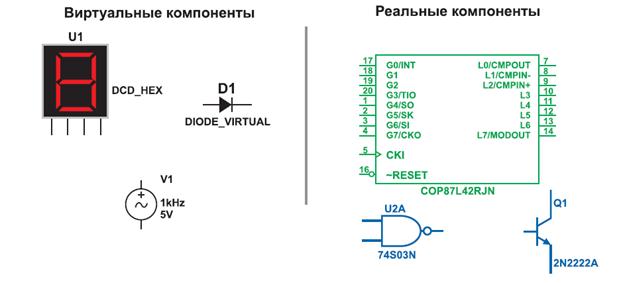Procedural law
Procedural law, also called ADJECTIVE LAW, is the law governing the machinery of the courts and the methods by which both the state and the individual (the latter including societies, whether incorporated or not) enforce their rights in the several courts. It prescribes the means of enforcing rights or providing redress of wrongs and comprises rules relative to jurisdiction, pleading and practice, evidence, appeal, execution of judgments, representation of counsel, costs, conveyancing and registration, and other matters. Procedural law is commonly contrasted with substantive law, which constitutes the great body of law and defines and regulates legal rights and duties. It is sometimes said that the Anglo-American common-law procedure is adversarial, while the continental European civil-law procedure is inquisitorial. This means that, in the common law, a lawsuit is essentially the concern of the adversaries, that is, the parties and their lawyers. It is the lawyers who present the evidence, and, unless a procedural problem arises, the judge simply listens to the presentation. By contrast, in the civil law there is a greater emphasis on the judge as a guarantor of a just outcome of the case, regardless of the lawyers' abilities. To this end he often functions as an inquisitor, questioning the parties as to the factual matters of the case. In some countries, such as Germany, the judge is required to guide the proceedings — for instance, by suggesting to the parties that they direct their attention to a particular point of fact or law. These differences in procedure create problems when, for a lawsuit pending in a country of one system, it is necessary to obtain1 evidence, located in a country of the other system. In such cases, «judicial assistance» must be given to the courts in one country by those in the other. The climactic and decisive part of an Anglo-American civil action is the trial, in which the parties present their proof in a concentrated fashion. The climactic event in a lawsuit based on European codes is the hearing before the full court.
Прочитайте текст и переведите на русский язык.
К указанным словам подберите синонимы и переведите на русский язык.
К указанным словам подберите антонимы и переведите на русский язык.
Ответьте на вопросы. 1) What is the adjective law? 2) What does the procedural law prescribes? 3) How is procedural law contrasted with substantive law? 4)What is the difference between Anglo-American common-law procedure and European civil-law procedure? 5) Do these differences create problems?
Вставьте пропущенные предлоги. When he had killed the guard, the prisoner... war quickly dragged him into the bushes. Working rapidly... the darkness, he soon changed... the dead man's clothes. Now, dressed in a blue uniform and with a rifle over his shoulder, the prisoner marched boldly... and... in front of the camp. He could hear shouting... the camp itself. Lights were blazing and men were running here and there: they had just discovered that a prisoner had escaped.... that moment, a large black car with four officers... it, stopped at the camp gates. The officers got... and the prisoner stood to attention and saluted as the passed. When they had gone, the driver... the car came towards him. The man obviously wanted to talk. He was rather elderly... grey hair and clear blue eyes. The prisoner felt sorry... him, but there was nothing else he could do. As the man came near, the prisoner knocked him... the ground with a sharp blow. Then, jumping... the car, he drove off as quickly as he could.
Заполните пропуски соответствующими предлогами пользуясь выражениями из текста.
|




